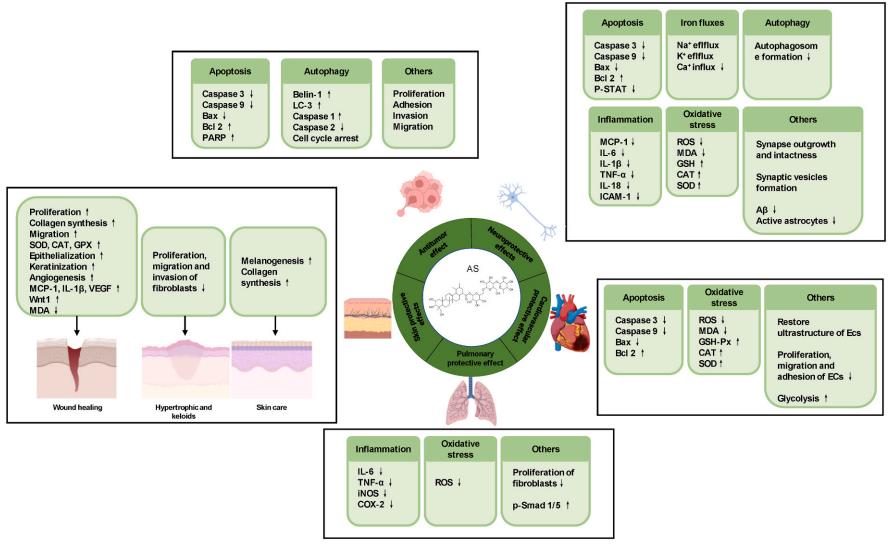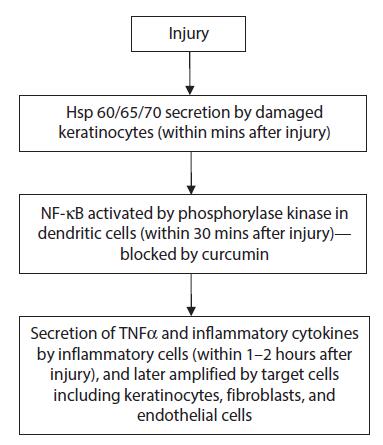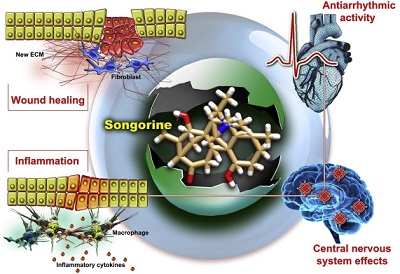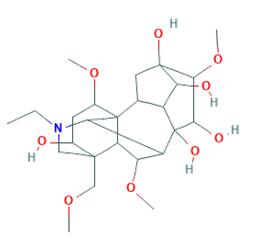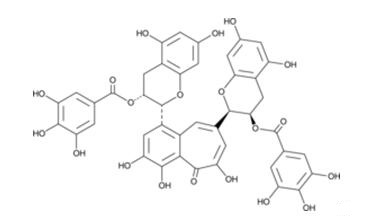Chinese Herbs
More
Less
Herbal chemistry refers to the subject combines modern scientific theories and methods for studying the chemical composition of herbs. The research object of herbal chemistry is the chemical composition of herbs. Herb has a very complicate chemical composition, usually containing sugars, amino acids, proteins, fats, waxes , enzymes, pigments, vitamins, organic acids, tannins, inorganic salts, essential oils, alkaloids, glycosides and so on. Each herb may contain a variety of ingredients. In these ingredients, there are some types with obvious biological activity and can play a role in health care, often referred to as the active ingredient, such as alkaloids, glycosides, volatile oils, amino acids and so on.




